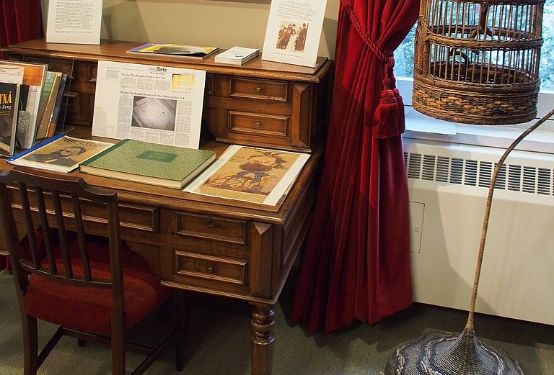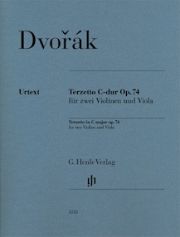The champion wants to play along
Antonín Dvořák created the "Terzetto" in C major op. 74 for 2 violins and viola for a chemistry student, his violin teacher and himself.

This is the most suitable edition of Antonín Dvořák's trio for practical use! The pages are arranged by the editor so that you don't have to turn the pages until the end of the second movement, the paper is of a stable quality and the bar numbers are set at the beginning of each line and do not include the upbeat. None of the printed parts I know of in the past five decades fulfilled all these criteria at the same time. The concise Critical Report for this Urtext edition testifies to great care. Differences between the autograph score and the first printing of parts and score are pointed out in the notes. The editor Annette Oppermann gives priority to the most plausible solution in each case. The parts contain no bowing devices, only original fingerings, which are limited to occasional harmonics and empty strings. This is also a boon for the performers!
The story of how this gem of chamber music came about is amusing: in 1887, a chemistry student and amateur musician lived in Dvořák's house and received violin lessons in his room. While working on symphonic commissions, Dvořák heard the two violinists and was inspired to be the third violist in their ensemble. Due to a lack of literature for this instrumentation, he composed the Tercet op. 74 (the original Czech name) and shortly afterwards delivered the Drobnosti (trifles). The latter were arranged by the composer for violin and piano as Romantic pieces op. 75, however, is more popular.
The italianizing name Terzetto Opus 74 in C major was given a German title by Dvořák's publisher Fritz Simrock, who did not want to comply with the composer's wish for a Czech title in view of the German music market. The German name "Terzett", on the other hand, would have offended Dvořák's Bohemian homeland.
The sounds Antonín Dvořák conjures up with this small ensemble are masterly! And the instrumental demands remain appropriate to the level of advanced pupils and experienced amateurs. This edition now also makes rehearsals easier and banishes all worries when turning the pages.
Antonín Dvořák: Terzetto in C major op. 74, for two violins and viola, edited by Annette Oppermann; parts, HN 1235, € 12.00; study score, HN 7235, € 8.00; G. Henle, Munich








